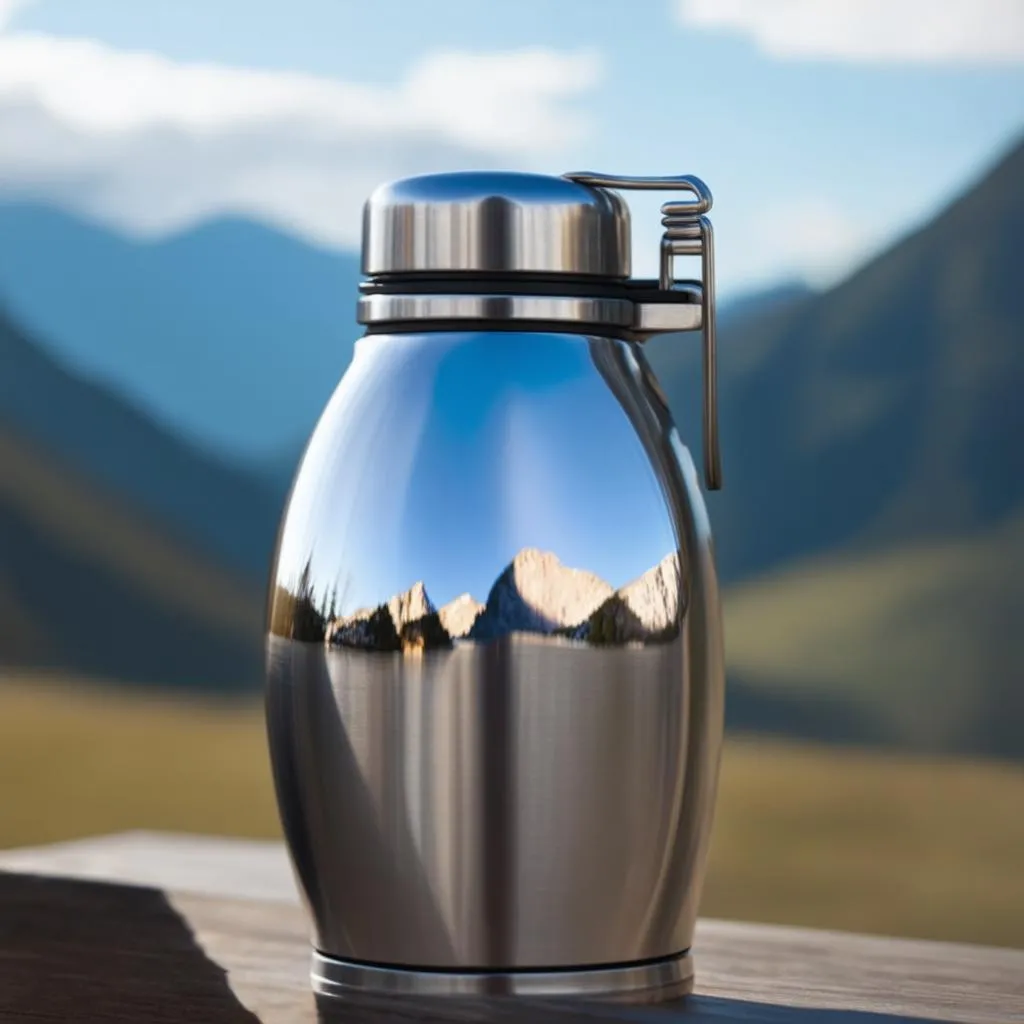Have you ever wondered how the sun’s warmth reaches us across the vast emptiness of space? Or how a thermos keeps your coffee piping hot without any physical contact between the inner and outer layers? The answer lies in understanding how heat travels, and more specifically, the fascinating ways it navigates the void of a vacuum.
The Three Modes of Heat Transfer: A Quick Detour
Before we delve into the specifics of heat transfer through a vacuum, let’s take a quick detour to understand the three primary modes of heat transfer:
- Conduction: This is how heat travels through direct contact. Imagine walking barefoot on a hot beach; the sand’s heat transfers directly to your feet.
- Convection: This involves heat transfer through the movement of fluids (liquids or gases). Think about the warm air rising from a radiator, circulating warmth throughout a room.
- Radiation: This is where things get interesting, especially in the context of a vacuum. Radiation is the transfer of heat through electromagnetic waves, specifically infrared radiation.
Heat and the Vacuum: The Role of Radiation
Here’s the crux of the matter: heat travels through a vacuum primarily through radiation.
Remember that warm feeling you get from the sun? That’s radiant heat, traveling millions of miles through the vacuum of space. Unlike conduction and convection, which require a medium (like air or water) to transfer heat, radiation can occur even in the absence of matter.
Imagine standing on the moon, bathed in the sun’s rays. Even though the moon has virtually no atmosphere, you’d still feel the sun’s warmth. Why? Because the sun’s energy is reaching you through radiation, traveling as electromagnetic waves that can traverse the vacuum of space.
A Thermos Flask: Your Everyday Vacuum Chamber
You might be surprised to learn that the humble thermos flask you use for your morning coffee is a great example of how heat transfer through radiation is minimized. The flask has a double-walled construction with a vacuum between the layers. This vacuum significantly reduces heat transfer by conduction and convection. However, some heat can still escape through radiation. To combat this, the inner walls of the flask are coated with reflective materials to minimize heat loss through radiation.
 Thermos Flask
Thermos Flask
Traveling the World, Understanding Heat
Just as understanding heat transfer enhances our appreciation for a simple thermos, it also deepens our perspective on our universe. From the warmth we feel from a bonfire on a chilly night in the Swiss Alps to the sun’s rays nourishing life on Earth, heat transfer is fundamental to our existence.
Frequently Asked Questions about Heat Transfer in a Vacuum:
Does heat travel faster through a vacuum?
- Interestingly, the speed of heat transfer through radiation is not affected by the presence or absence of a medium. It always travels at the speed of light. However, the rate of heat transfer can be influenced by factors like the temperature difference between objects and the properties of the materials involved.
Can sound travel through a vacuum?
- Unlike heat, sound cannot travel through a vacuum. Sound waves require a medium (like air, water, or solids) to propagate. Check out our article on how fast sound waves travel for a deeper dive into this topic! (link to: https://travelcar.edu.vn/how-fast-do-sound-waves-travel/)
Are there any places on Earth where we can experience the effects of a vacuum?
- While we can’t experience a true vacuum naturally on Earth, specialized vacuum chambers are used in various scientific and industrial applications.
Planning Your Next Adventure? Consider the Elements
As you plan your next trip, whether it’s hiking through the Grand Canyon or exploring the ancient ruins of Machu Picchu, take a moment to appreciate the role of heat transfer in shaping our world. And remember, the next time you enjoy a hot drink from your thermos while gazing at the stars, you’re witnessing the magic of heat traveling through a vacuum!
 Couple Stargazing
Couple Stargazing
Did you find this exploration of heat and vacuums as fascinating as planning your next vacation? Share your thoughts and travel stories in the comments below!